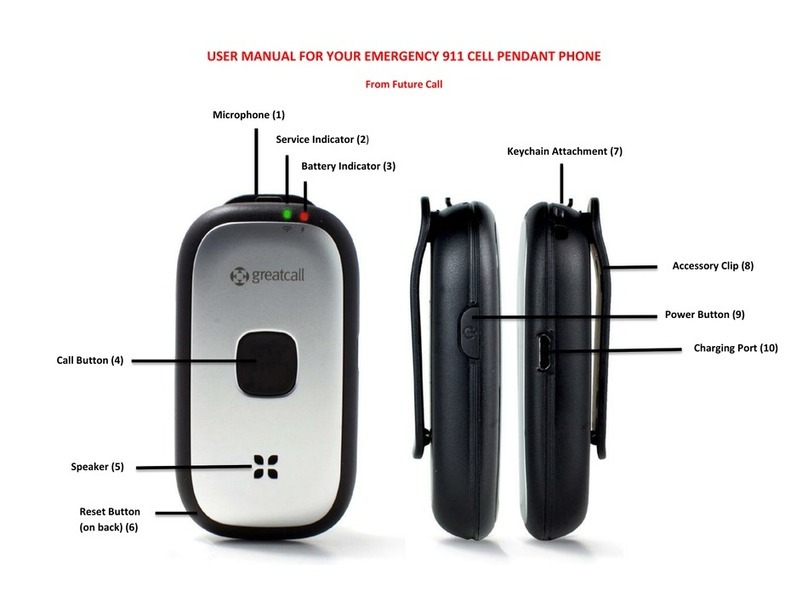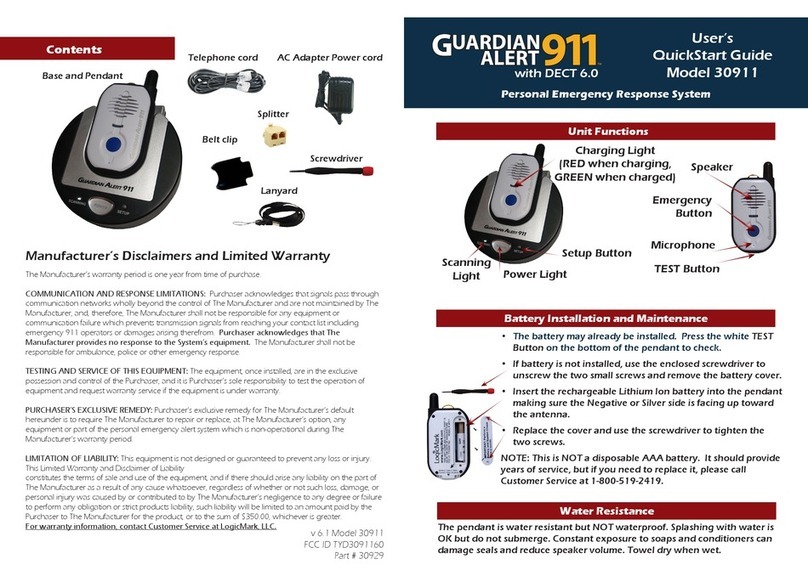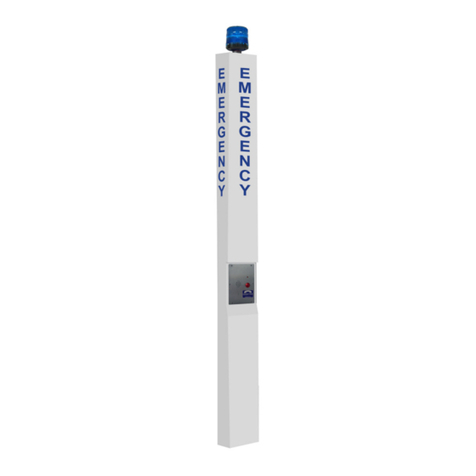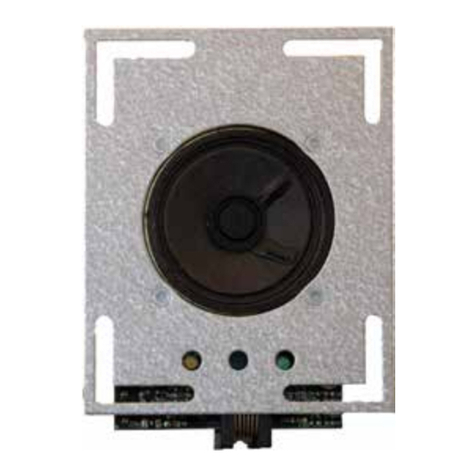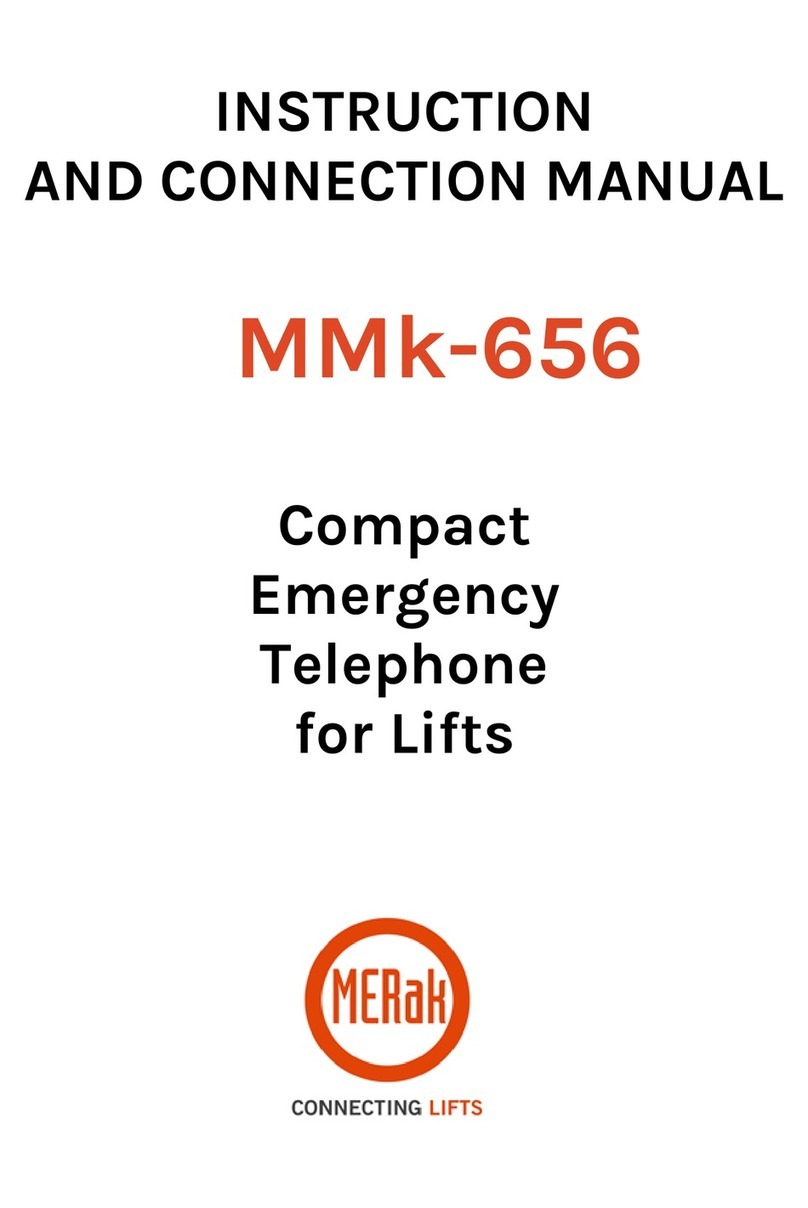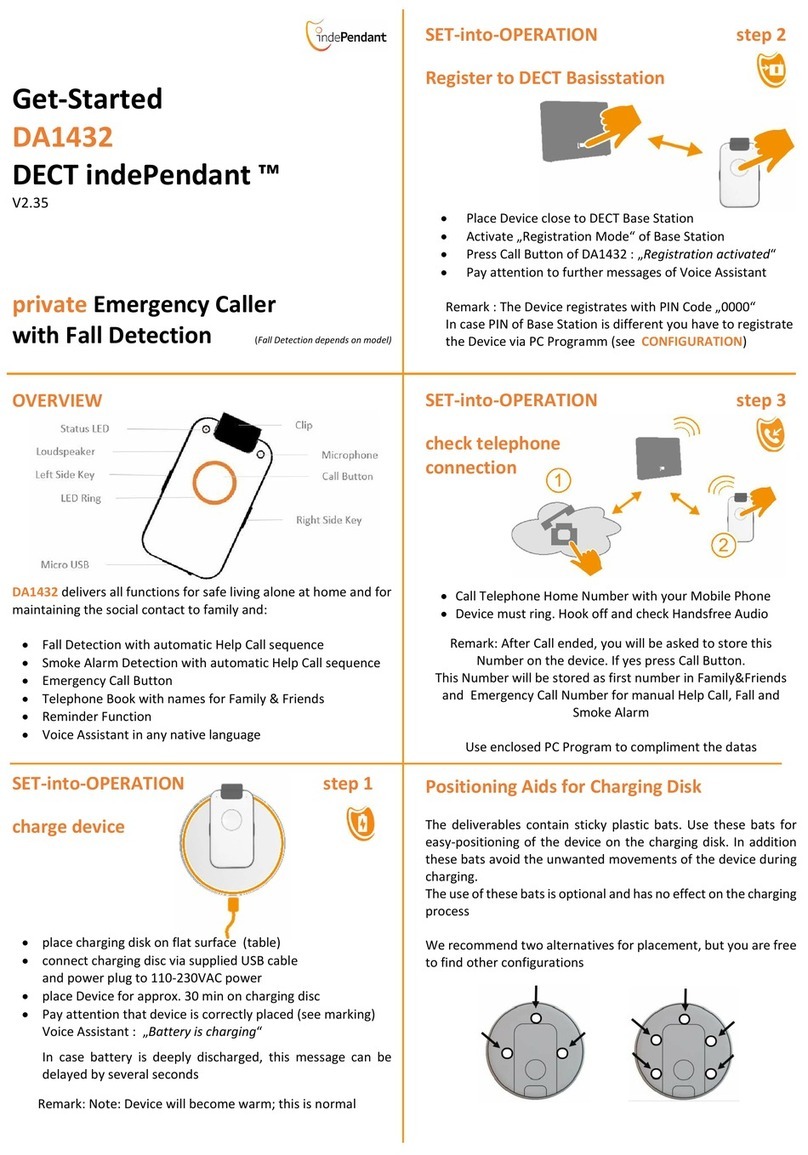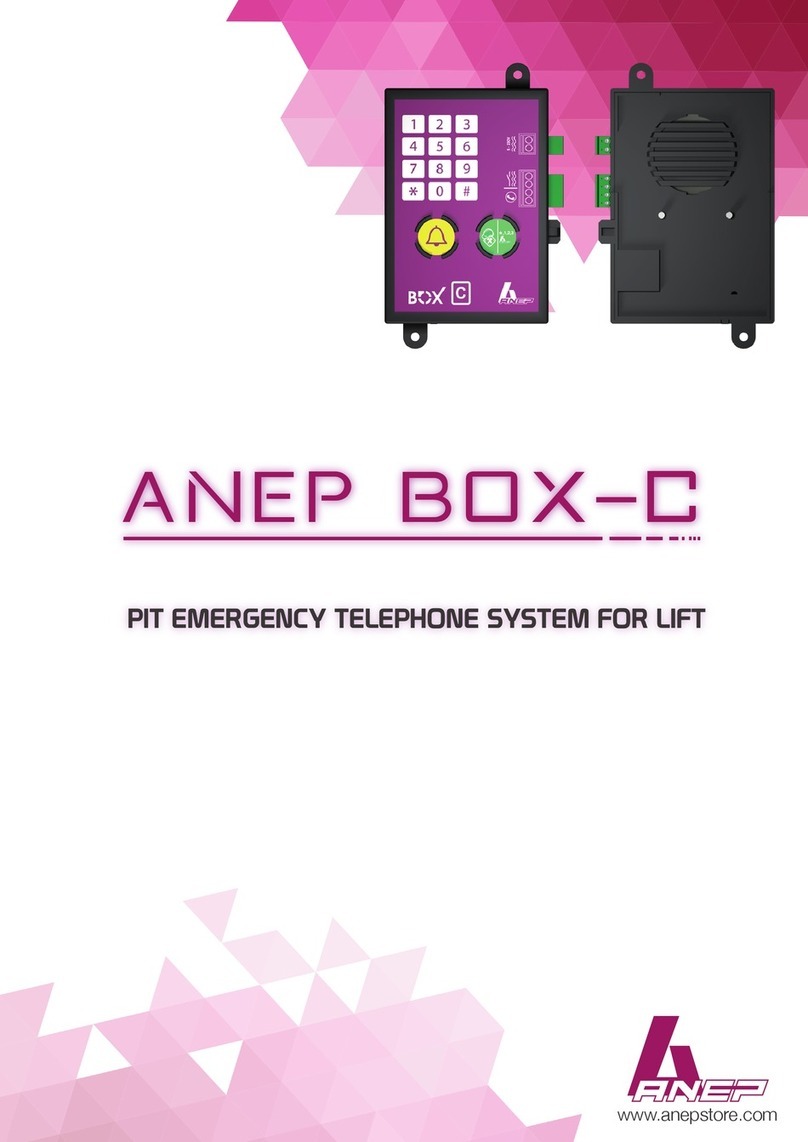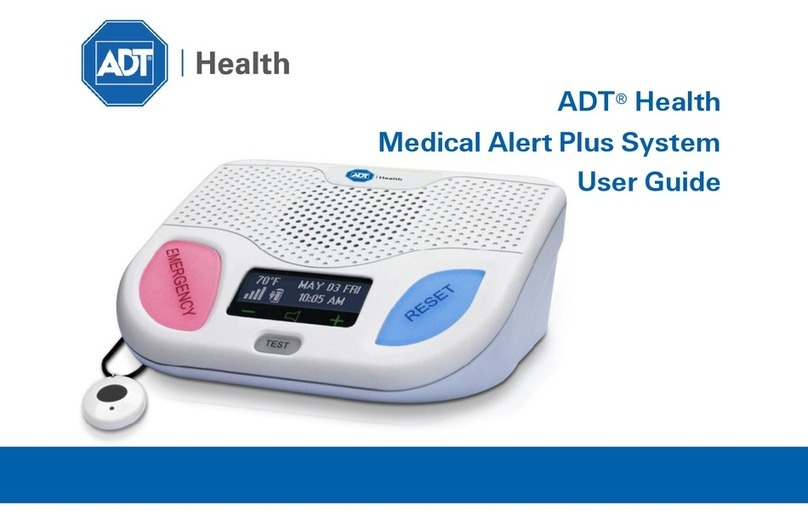Document ViOD00121/rev2/jk Page 3 of 8
1Introduction
1.1 What is an Emergency Assistance Alarm
An emergency assistance alarm is used by disabled people to summon assistance.
The system generally consists of a ceiling mounted pull cord, a cancel plate, and an overdoor indicator
plate. These are connected back to an Assist Call controller or Lexicomm master station depending on
the chosen configuration.
1.2 Suitability
An Emergency assistance alarm must be provided to all accessible toilets, accessible bathrooms,
accessible bedrooms, accessible showers and accessible changing areas.
The Assist Call system is designed to fully comply with BS8300- 2011, emergency assistance alarms are
called for in all new buildings other than dwellings in the following “Building Regulations Approved
Document M:2010”.
2Product Overview
The Assist Call emergency assistance alarm is a 2 wire system consisting of a 1 Zone controller with
integral power supply which should be located in a permanently staffed area, ceiling pull cord located
near to the WC, cancel plate also located near to the WC and over door indicator plate located above
the door outside of the WC.
Additional assist call devices can be connected to the circuit of either one additional cancel plate or
overdoor indicator and up to 5 additional ceiling pull cords. Assist call devices can be wired in any order
so wiring runs can be kept to a minimum.
The Assist Call system wired from a 1 zone controller features BS8300 “acknowledge” function, this
requires that ”visual and audible feedback should be provided to indicate that, when the alarm has been
operated, the emergency assistance call has been acknowledged and is being actioned.
Note
an
indication that assistance is on its way will reassure those in distress.”
All Assist Call devices utilise blue halo indication so that they will not confused with fire alarm devices.
3Design Guidelines
Before designing an emergency assistance alarm the guidelines in BS8300:2009 and “Building
Regulations Approved document M :2010” should be consulted first.
3.1 Ceiling Pull Cord location
The ceiling pull cord should be located ideally within the grab rail such that it is reachable from the WC
and from the floor close to the WC
Ceiling pull cords should consist of 2 red bangles of 50mm diameter one set at a height of between
800mm and 1000mm and the other set at a height 100mm above the floor.
3.2 Overdoor Indicator location
The overdoor indicator should located so that it is easily seen and heard by those able to give
assistance.
3.3 Cancel/reset point location
The cancel point should be located such that it is reachable from the wheelchair, WC, tip up seat in a
shower facility or bed within an accessible bedroom. The cancel point bottom edge should be between
800mm and 1000mm above the floor.
Please see diagram attached for more information
